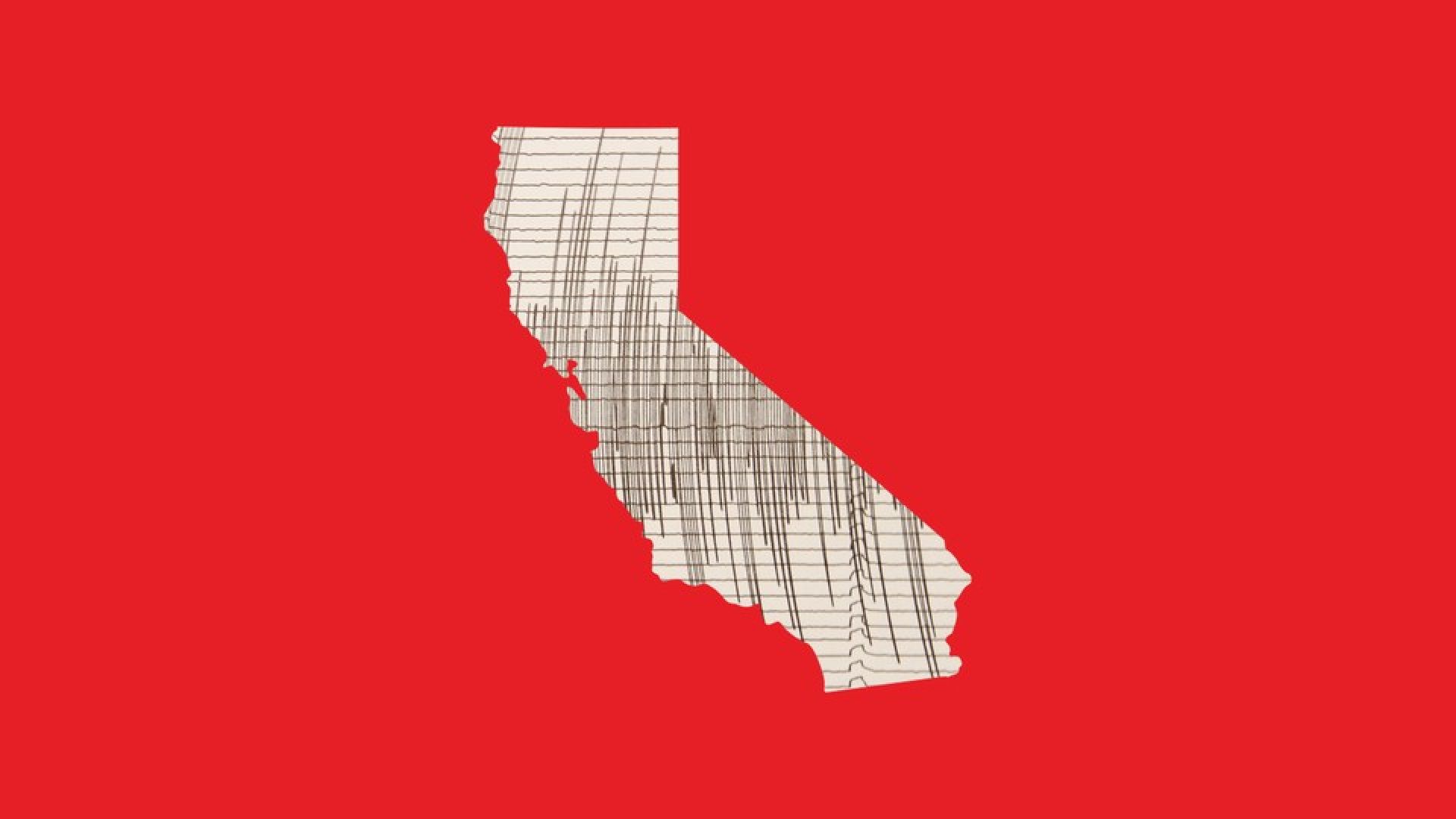In the 1980s, seismic activity awareness heightened in California, particularly after the 1989 Bay Area earthquake, which caused significant damage. Today, more than 1,000 seismic sensors are spread across California, detecting seismic activity and initiating automated safety measures, such as mobile alerts and shutting down gas valves. However, these sensors primarily pick up secondary seismic waves, offering only seconds of warning before the more destructive waves arrive. To enhance prediction capabilities, scientists are experimenting with deep-learning algorithms trained on extensive seismic data. However, these efforts have not yet produced reliable forecasts. The complexity of predicting earthquakes stems from the nature of seismic waves, which start deep below the Earth's surface and get absorbed by the crust's upper layers, making detailed observations challenging.The fear of the "big one" continues to be a shared experience for Californians, and the forecast remains uncertain. While efforts to improve prediction continue, the reality is that nature's immense power may never be fully tamed or predicted, leaving Californians to live with the ongoing threat.


